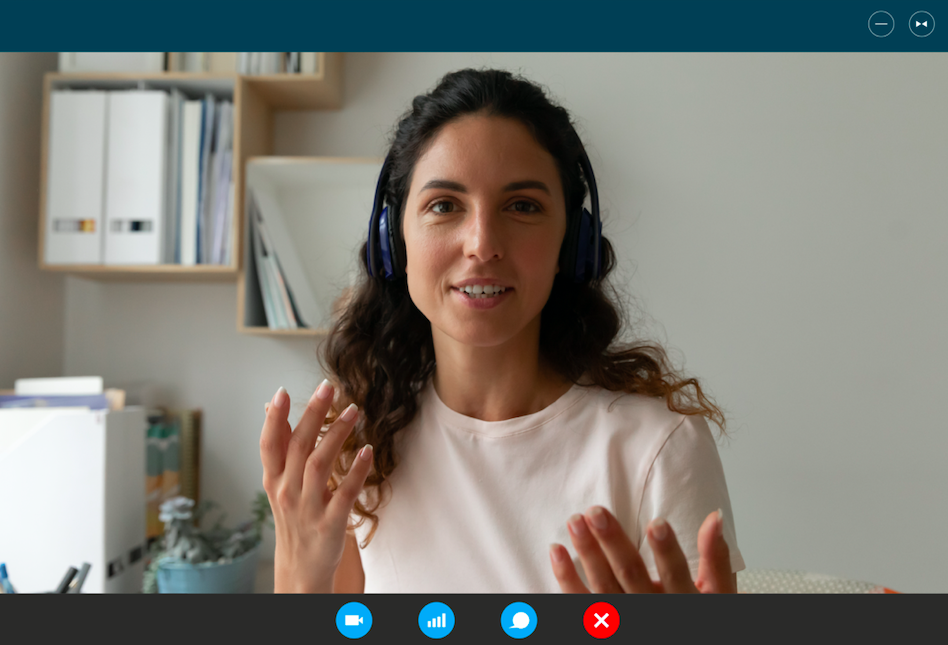
Gone are the days (at least for now) of conducting user testing face-to-face. Not only because of health concerns of COVID transmission, but also because the face masks will hinder the analysis and observations of user reactions. Fortunately, we are swimming in the sea of digital solutions. Here are a few tools for the user research process that have proved useful in our projects:
Recruiting: A big part of recruiting was always done online, shaping screeners through online surveys or calls. We may need to skip the guerilla user recruiting, but, luckily, there are many digital tools that allow for recruiting and interviewing users online (for example, userinterviews.com, respondent.io, userlytics, testingtime, and others). There are also manual tools for recruitment, such as Craigslist, Mechanical Turk, or friends & family and network. The online tools allow you to narrow down the audience using your specific criteria to target the exact user types you are looking for.
User Testing: Certainly, we’d need to capitalize on online user interviews or usability testing during the pandemic to minimize face-to-face interactions. Some of the tools listed above, in addition to having access to users, allow for online user testing with a few things to consider, such as do you want real-time feedback or the recording of it?
– You can share your prototype with the users, who review it in their own time, while their feedback and reactions are captured on video.
– You can schedule time with the recruited users (provided by those tools) and organize virtual calls (via Zoom, Google Meet, Skype, or other preferred options). Those tools facilitate the process of scheduling and organization.
– You can, of course, manually schedule and organize sessions with participants and benefit from screen sharing and other brainstorming tools, such as listed below.
Online whiteboarding/brainstorming: The following tools blossomed during the pandemic, as never before so many people have moved their collaborative efforts online. Miro, Mural or FigmaJam provide the opportunity to share boards with users to do card-sorting exercises, put comments (via virtual sticky notes) on design prototypes, do tree testing, and others.

Quantitative studies: These, as well, have been majorly done online. It may be harder to do in-person surveys and collect hands-on data, but, luckily, digitalization is reaching even the far ends of the planet, with many people globally having access to mobile phones (with internet). The quantitative study options could include: surveys, card sorting exercises, tree testing (to validate hierarchical structures), five-second and first click tests to see first reactions, and others. The goal is to collect information in big numbers that will validate concepts and direction.
Case Study Example:
For one of our clients, an international organization with more than 10,000 employees, we had a challenge of collecting feedback on redesigning a major feature. Not only we had to do global remote user interviews, but we had to find a way to help people visualize how they would imagine the final product. We created a Miro board where the users could see the layout and library of items to choose from.
The online sessions were done via Zoom, with the participants sharing their screen. During the conversation, they were asked to drag elements (specific features, buttons, etc.) from the library to the layout in the order of importance for them, all the while guiding us through their thinking process. This was a mix of card sorting and wireframing with the users, which yielded to incredibly specific feedback, insightful comments, and a library of wireframes/combinations to refer to during the redesign.

Not being able to do user testing in-person because of the pandemic is not an acceptable excuse anymore (or has it ever been?), given the plethora of tools and options to choose from. Not only do they aim to support user testing online and remotely, but they actually make it easier and more efficient to gather feedback and connect with our audiences. You can sit on your couch, relax, and chat away, while doing something wonderful — talking to your users.
Do you want to learn more about how to get insights from your users virtually? Send us a message at hello@yllwu.com
Also, check a few tips from design on how to adapt to the changes brought by COVID-19.